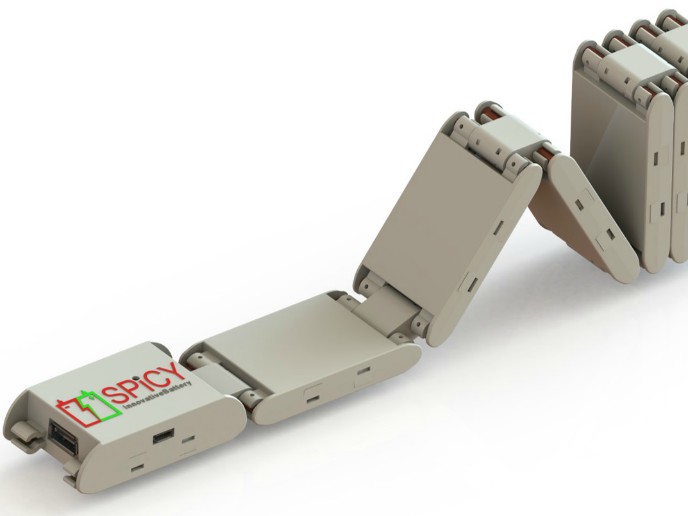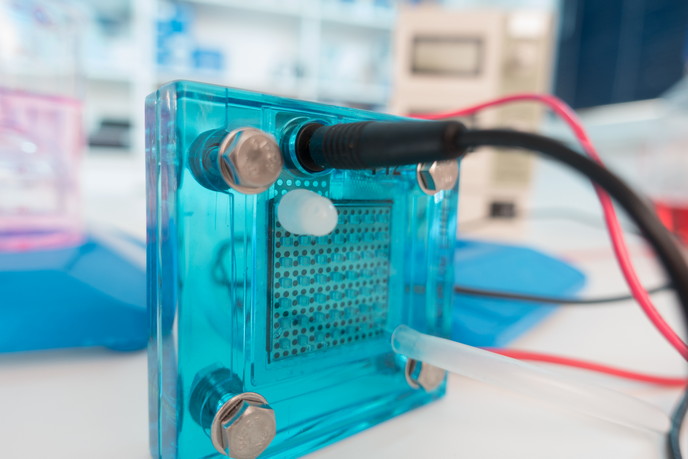Cheaper and stronger lithium-ion batteries
The many benefits of hybrid and EVs include a quiet ride with minimal pollution and relative independence from the fossil fuel market. However, their Li-ion batteries need improvement to meet customer demands for cost effectiveness, distance and durability. The EU-funded project AMELIE (Advanced fluorinated materials for high safety, energy and calendar life lithium ion batteries) explored the use of novel materials for significant improvements. With a strong focus on safety and cost efficiency, the project team worked to increase the voltage of the battery cell and make it more powerful. The extreme operating conditions of the high-voltage environment require more stable battery components and a specific cathode material, including the electrolyte liquid (salts and solvent), separators and binders. Activities also focused on the recycling process of the battery and components at the end of their lifetime. Based on new materials that are considered promising for high-voltage operation, the team worked with inorganic fluorinated solvents and more efficient salts. In this respect, fluorinated polymers showed excellent thermal and fire resistance, as well as electrochemical stability and electrolyte compatibility. The new fluorinated materials can reduce the amount of the fluoropolymers or fluorinated compounds used, while increasing the battery energy density. AMELIE successfully produced 3 cell demonstrators with capacities of about 10 ampere-hours to assess the up-scaled synthesis of the materials and processes. The focus was on the calendar life, cycle life, energy density, safety, cost competitiveness and recycling of end-of-life batteries. Unfortunately, the cycle and calendar life of the prototype cells did not meet the EV performance targets. In addition, energy density reached close to the target of 200 kWh only at the beginning of life. Thanks to a non-recycling process, AMELIE succeeded in meeting the targets of the EU Batteries Directive that has set a recycling efficiency target of 50 %.







